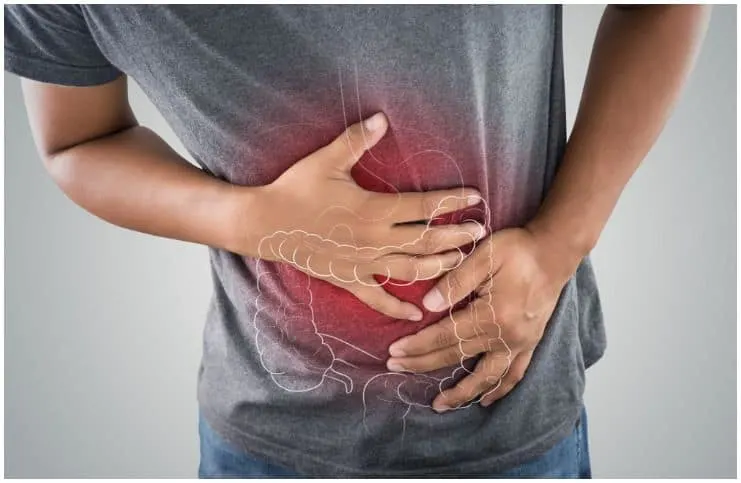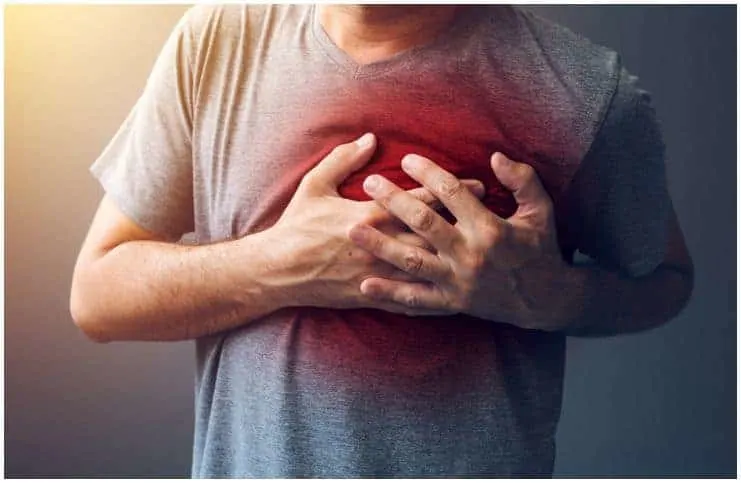Differences between trisodium phosphate and tripotassium phosphate:
Introduction
Phosphates are added to food all over the world.
They have been approved as food additives in the United States, Canada, Australia, and the European Union.
Here is a comparison of two commonly used phosphates:
Tripotassium Phosphate (TKP)
It is a white, granular or crystalline solid and typically comes in the form of white powder.
When used as a food additive, it is known as E340.
Trisodium Phosphate (TSP)
Trisodium phosphate, also known as E339, is an industrial cleaning product that is used as a mildew remover, and degreasing agent, as well as to clean exterior and interior walls before painting.
It is also an approved food additive in the European Union, the United States, and other countries of the world.
Uses
TKP
It is used as a cleaning agent, lubricant, builder, degreaser, and stain remover.
This substance opens the pores of latex-based paint and breaks the gloss of oil-based paints.
In 2011, it was deemed harmful by the Environmental Protection Agency and is presently listed as a “hazardous substance” under the agency’s Clean Water Act.
This happens because when it is released into the open environment, TKP causes a shift in the balance of life in rivers, lakes, and streams.
TKP is also used as a thickening agent in manufactured foods. Moreover, it is used as a buffer to adjust the acidic nature of the cereal dough.
You can find it in the following foods:
- Heart Healthy Cereal;
- Cheerios;
- Wheaties;
- Cinnamon Toast Crunch;
- Processed cheese;
- Cocoa Puffs;
- Pizza dough;
- Cookie Crisp;
- Ham;
- Reese’s Puffs;
- Bread;
- Dora the Explorer Cereal;
- Cake Mixes;
- Golden Grahams;
- Canned soups;
- Kix;
- Rice Syrup;
- Lucky Charms;
- Cheese sauces;
- Raisin Nut Bran;
- Lunchmeat;
- Trader Joe’s O’s;
- Total Raisin Bran;
- Spongebob Squarepants;
- Trix;
- Honeycomb;
- Mom’s Best Cereals.
TSP
It is used as a cleaning agent and stain remover.
When mixed with chlorine bleach, it is effective in removing mildew on wood.
Also, TSP can modify the cereal’s color and help in the cereal’s flow through the extruder.
It can be found in the following cereal brands:
- Heart Healthy Cereal;
- SpongeBob SquarePants Cereal;
- Golden Grahams;
- Reese’s Puffs;
- Dora The Explorer Cereal;
- Cookie Crisp;
- Total Raisin Bran;
- Wheaties;
- Honeycomb;
- Lucky Charms;
- Trix;
- Trader Joe’s O’s;
- Mom’s Best Cereals;
- Kix;
- Cinnamon Toast Crunch;
- Cocoa Puffs;
- Cheerios.
Side Effects & Dangers
TKP
The daily limit of E340 is recommended to be 70mg per day.
However, it is consumed as part of a Western junk food diet, and some people intake over 500mg per day, leading to numerous adverse events.
Common health problems include:
- food allergies;
- dizziness;
- colon cancer;
- glucose intolerance;
- irritable bowel syndrome;
- bloating;
- nausea;
- inflammation.
Potassium is an essential electrolyte, that is important for your muscles and nerves, including your heart.
In healthy people, the kidneys keep blood potassium within a healthy range, but, if you have kidney disease, you may not be able to eliminate the excess potassium properly.
Symptoms of hyperkalemia include:
- palpitations or irregular heartbeats;
- chest pain;
- trouble breathing;
- nausea or vomiting;
- a feeling of numbness;
- weakness;
- tiredness.
Hyperkalemia can also lead to ventricular fibrillation, a life-threatening condition that results in cardiac arrest with no pulse and loss of consciousness.
ALSO READ: Magnesium Malate: Side Effects
TSP
To much phosphate intake causes your soft tissue and organs to calcify.
This buildup can harden and disrupt the human body’s normal processes. In people with chronic kidney disease, vascular calcification is particularly important.
Kidney Damage
According to a 2009 article that was published in PubMed Health, TSP has been associated with severe kidney damage, occasionally requiring dialysis.
Signs and symptoms of severe kidney damage may include:
- chest pain or pressure;
- seizures or coma in severe cases;
- nausea;
- confusion;
- fatigue;
- shortness of breath;
- drowsiness;
- fluid retention, leading to swelling in your ankles, legs, or feet;
- decreased urine output.
Allergic Reactions
Some people may experience an allergic reaction after consuming foods with TSP.
Symptoms of an allergic reaction include:
- dizziness or feeling faint;
- stomach cramps;
- vomiting;
- pale or blue coloring of the skin;
- hives;
- weak pulse;
- swelling of the tongue;
- trouble swallowing;
- hoarse throat;
- shock or circulatory collapse;
- wheezing;
- shortness of breath;
- anaphylaxis, a potentially life-threatening reaction.
Digestive Problems
Side effects associated with the consumption of TSP include:
- severe diarrhea;
- a bloated feeling;
- abdominal pain;
- vomiting;
- abdominal cramps;
- stomach upset;
- nausea;
- gassiness.
ALSO READ: Side effects of E282 (Calcium Propionate)
Conclusion: Tripotassium Phosphate vs Trisodium Phosphate
Tripotassium phosphate (E340) is used as a food additive for its characteristics as a foaming agent, emulsifier, and whipping agent.
Moreover, TKP is used to regulate the acidity of certain foods, especially cereals.
Trisodium Phosphate (E339) is a compound that is widely used as a food additive in many countries.
The United States Food and Drug Administration lists these food additives as generally recognized as safe, however, it is best for your overall health to reduce your intake of processed foods as much as possible.
Images credit – Shutterstock
ALSO READ: Dangers of Tricalcium Phosphate
Sources https://www.ncbi.nlm.nih.gov/pubmed/12748711 https://ntp.niehs.nih.gov/ntp/htdocs/lt_rpts/tr294.pdf https://www.sciencedirect.com/topics//trisodium-phosphate


Teri
Saturday 3rd of February 2024
I am allergic to all phosphates! I would advise all consumers to avoid any product containing these dangerous additives!
Richard Losco
Saturday 23rd of October 2021
R.L I have consumed Cheerios for approximately five years . I have ben Diagnosed with Stage three Kidney Disease. Cheerios contains Tripostassium Phosphate which may played a part in this illness!
SP Jeff
Friday 26th of April 2019
I purchased Maple Cheerios because it contained NO MSG or MSG biproducts. I ate this cereal and had two bad seizures. This cereal contains Tripotassium Phosphate which I find is DANGEROUS to me. Please quit making items that you are covering up the use of preservatives. I do not want to die from any foods. Do you have any cereals that do not contain dangerous items in them for me to use?